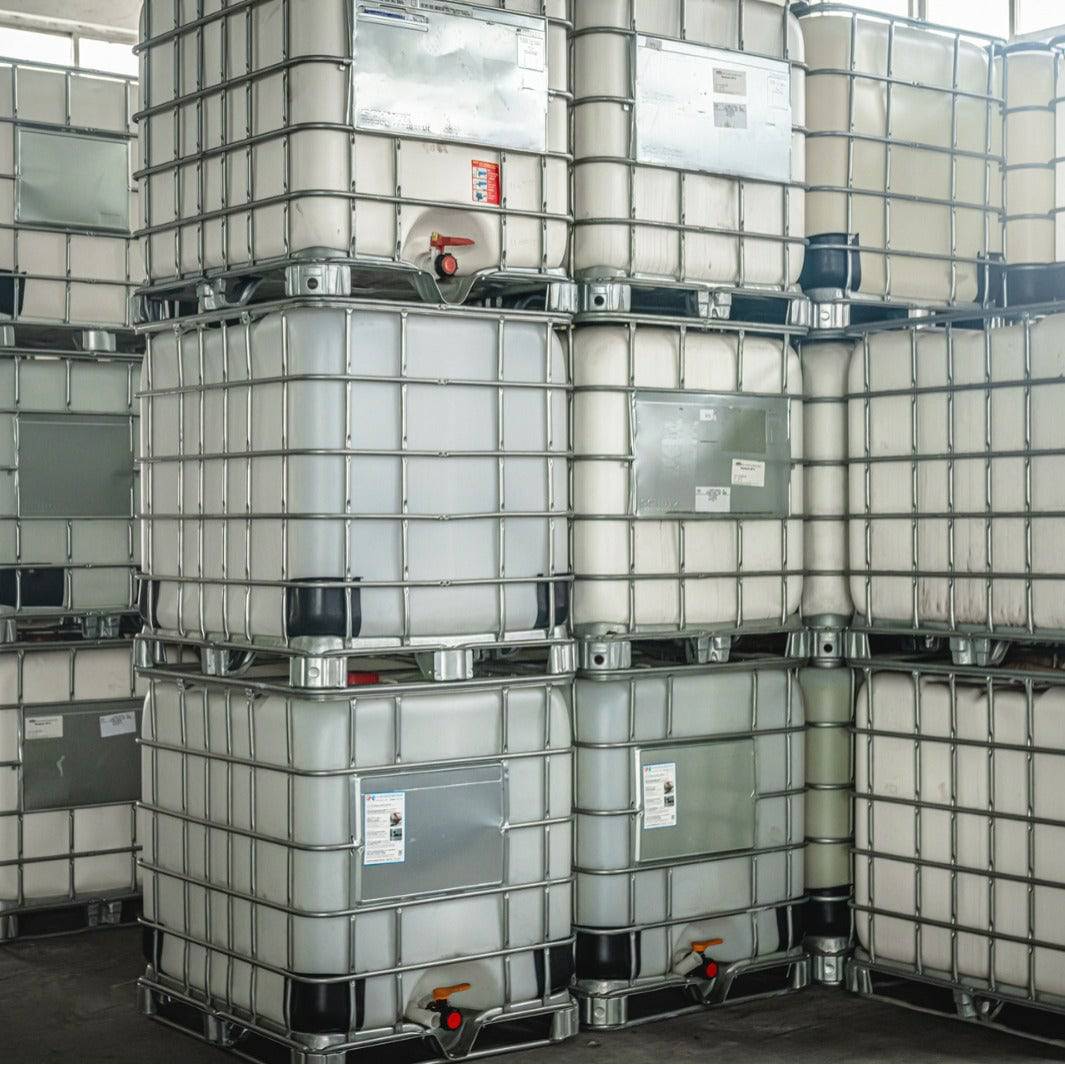The Greatest Guide To Chemie
Table of ContentsThe Best Guide To ChemieThe Ultimate Guide To ChemieChemie Can Be Fun For AnyoneNot known Details About Chemie The Buzz on ChemieChemie Things To Know Before You Get This
By Bojanna Shantheyanda, Sreya Dutta, Kevin Coscia and David SchiemerDynalene, Inc. Fluid air conditioning, which can be accomplished using indirect or direct means, is used in electronic devices applications having thermal power densities that may go beyond safe dissipation with air cooling. Indirect liquid cooling is where warmth dissipating digital elements are literally separated from the fluid coolant, whereas in case of direct cooling, the elements are in direct call with the coolant.Nevertheless, in indirect air conditioning applications the electrical conductivity can be important if there are leakages and/or spillage of the fluids onto the electronic devices. In the indirect air conditioning applications where water based fluids with deterioration preventions are usually made use of, the electrical conductivity of the liquid coolant primarily depends upon the ion focus in the liquid stream.
The increase in the ion concentration in a closed loophole liquid stream may happen as a result of ion leaching from metals and nonmetal elements that the coolant liquid touches with. Throughout procedure, the electric conductivity of the liquid might enhance to a degree which could be unsafe for the cooling system.
The Greatest Guide To Chemie
The examples were enabled to equilibrate at area temperature level for two days prior to tape-recording the first electrical conductivity. In all tests reported in this research study fluid electrical conductivity was determined to an accuracy of 1% utilizing an Oakton CON 510/CON 6 collection meter which was adjusted before each measurement.
Unknown Facts About Chemie
from the wall home heating coils to the center of the furnace. The PTFE sample containers were placed in the heating system when consistent state temperatures were gotten to. The examination arrangement was removed from the heating system every 168 hours (seven days), cooled down to area temperature with the electrical conductivity of the fluid determined.
The electrical conductivity of the liquid sample was checked for an overall of 5000 hours (208 days). Schematic of the indirect shut loophole cooling down experiment set-up. Components utilized in the indirect shut loop cooling down experiment that are in call with the liquid coolant.

What Does Chemie Mean?
During operation the fluid tank temperature was preserved at 34C. The change in liquid electrical conductivity was monitored for 136 hours. The fluid from the system was collected and kept. In a similar way, closed loop examination with ion exchange resin was lugged out with the very same cleansing procedures used. The initial electrical conductivity of the 230ml UP-H2O in the system gauged 1.84 S/cm.

0.1 g of Dowex resin was included in 100g of liquid samples that was taken in a different container. The blend was mixed and transform in the electric conductivity at Recommended Site room temperature was determined every hour. The measured change in the electric conductivity of the UP-H2O and EG-LC test liquids containing polymer or metal when immersed for 5,000 hours at 80C is shown Figure 3.
The 5-Minute Rule for Chemie
Ion leaching experiment: Calculated change in electric conductivity of water and EG-LC coolants containing either polymer or metal samples when immersed for 5,000 hours at 80C. The outcomes indicate that steels contributed fewer ions into the liquids than plastics in both UP-H2O and EG-LC based coolants.
Fluids containing polypropylene and HDPE showed the cheapest electric conductivity modifications. This might be as a result of the brief, stiff, linear chains which are less likely to add ions than longer branched chains with weak intermolecular pressures. Silicone additionally executed well in both test liquids, as polysiloxanes are generally chemically inert as a result of the high bond energy of the silicon-oxygen bond which would certainly stop deterioration of the material right into the fluid.
Unknown Facts About Chemie
It would certainly be anticipated that PVC would certainly generate similar outcomes to those of PTFE and HDPE based on the similar chemical frameworks of the materials, however there might be various other contaminations present in the PVC, such as plasticizers, that might influence the electrical conductivity of the fluid - high temperature thermal fluid. Additionally, chloride groups in PVC can additionally leach right into the examination liquid and can trigger a rise in electrical conductivity
Buna-N rubber and polyurethane revealed indicators of deterioration and thermal decay which recommends that their feasible energy as a gasket or glue product at higher temperature levels could lead to application concerns. Polyurethane entirely disintegrated right into the examination fluid by the end of 5000 hour test. Number 4. Before and after pictures of metal and polymer samples immersed for 5,000 hours at 80C in the ion leaching experiment.
Calculated modification in the electrical conductivity of UP-H2O coolant as a function of time with and without resin cartridge in the closed indirect cooling loophole experiment. The measured modification in electrical conductivity of the UP-H2O for 136 hours with and without ion exchange resin in the loop is displayed in Number 5.
Comments on “Some Of Chemie”